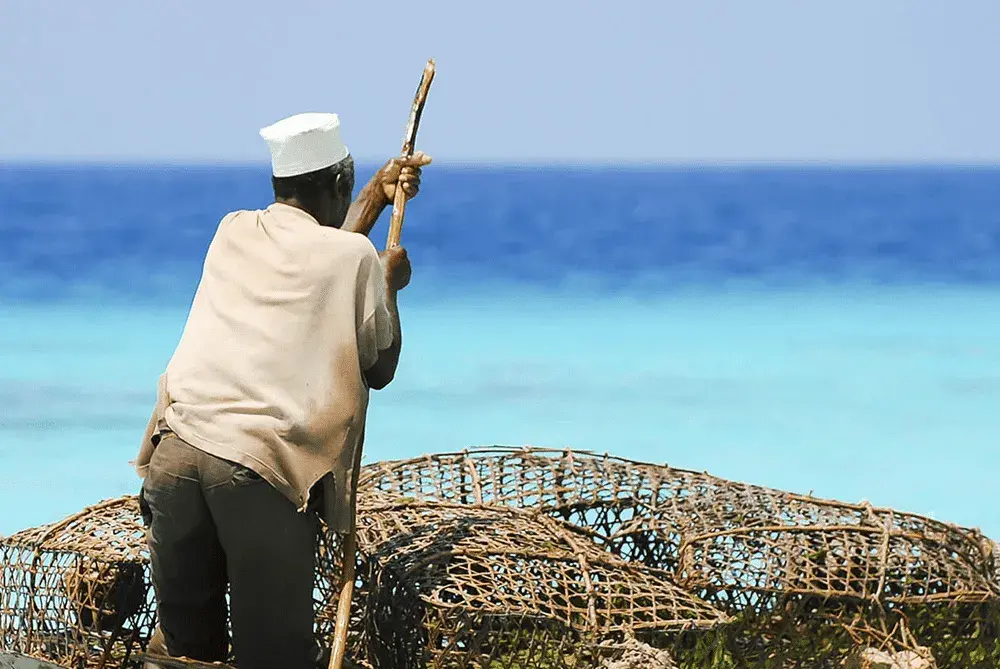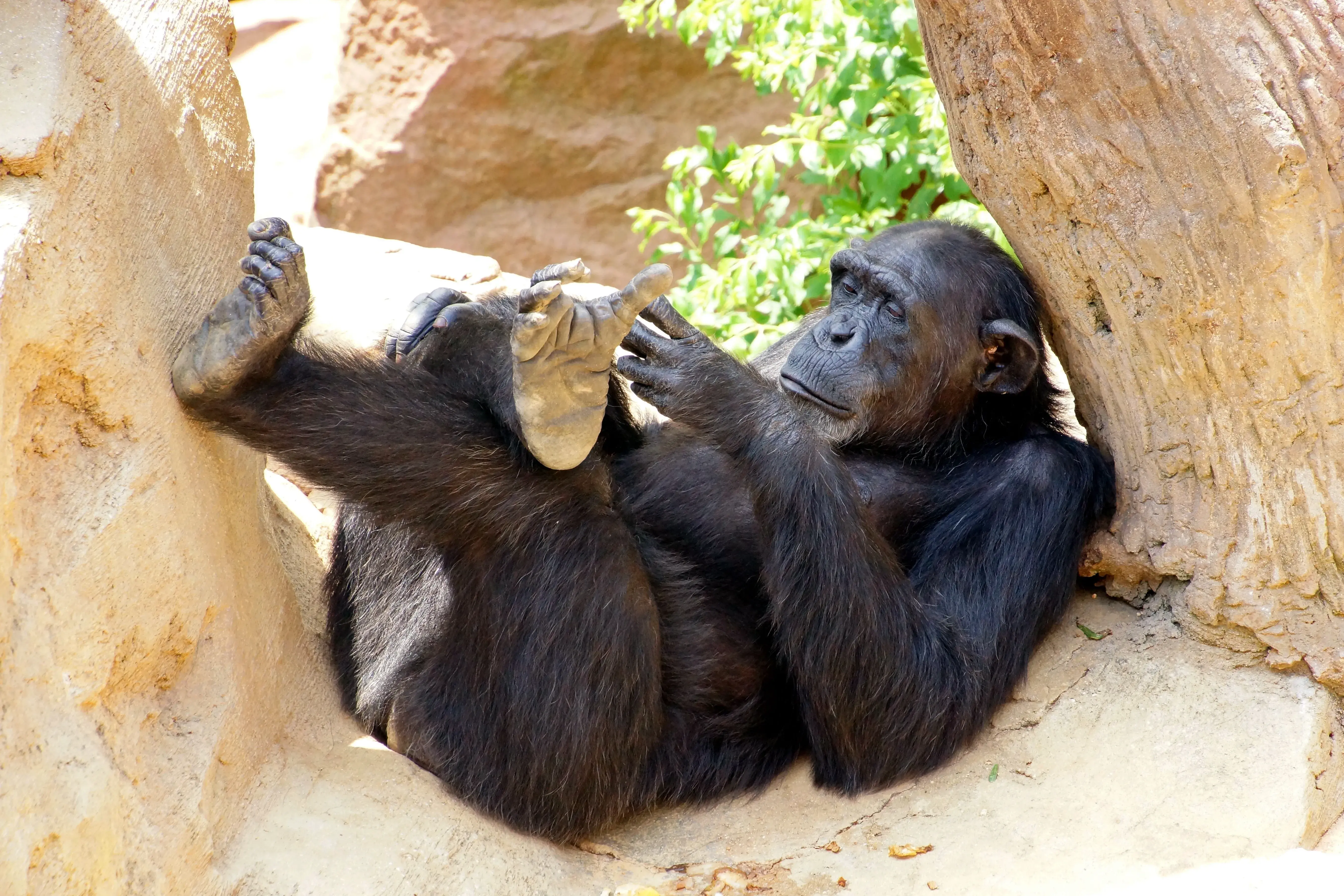
Pangani Tanzania
About 55km south of Tanga is the small and dilapidated Swahili outpost of Pangani. It rose from obscure beginnings as just one of many coastal dhow ports to become a terminus of the caravan route from Lake Tanganyika, a major export point for slaves and ivory, and one of the largest ports between Bagamoyo and Mombasa. Sisal and copra plantations were established in the area, and several European missions and exploratory journeys to the interior began from here. By the end of the 19th century, focus had shifted to Tanga and Dar es Salaam, and Pangani again faded into anonymity.
Today, the sleepy town makes an intriguing step back into history, especially in the area within about three blocks of the river, where you’ll see some carved doorways, buildings from the German colonial era and old houses of Indian traders. More of a draw for many travelers is the beaches running north and south of town, which are lovely, with stands of coconut palms alternating with dense coastal vegetation and the occasional baobab. The beaches are also the best places to base yourself.
Pangani’s centre, with the market and bus stand, is on the corner of land where the Pangani River meets the sea. About 2km north is the main junction where the road from Muheza joins the coastal road. This is where you should get off the bus if you’re arriving from Muheza and staying at the beaches north of town.















